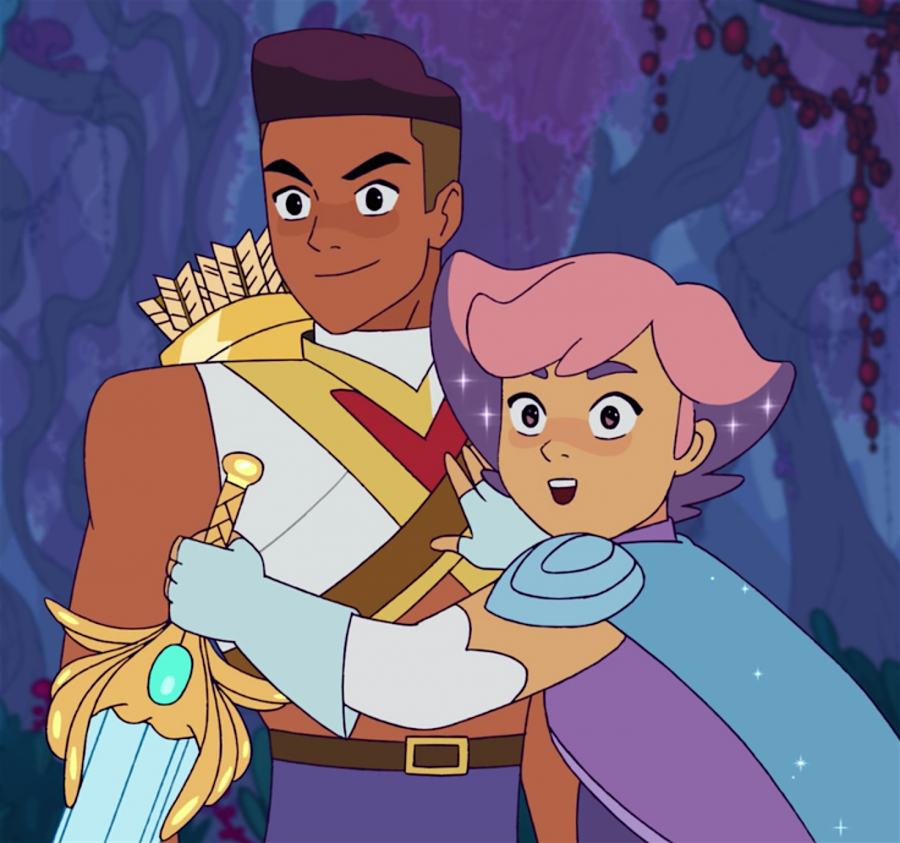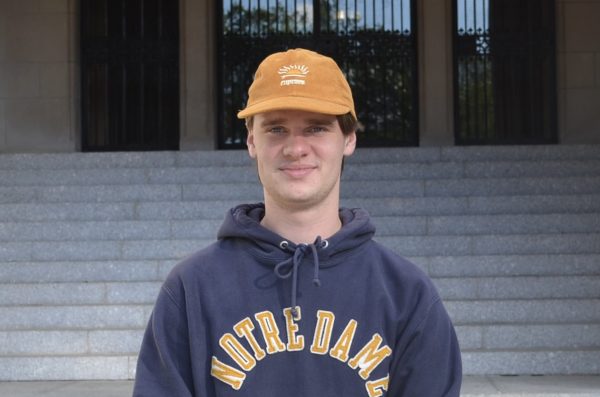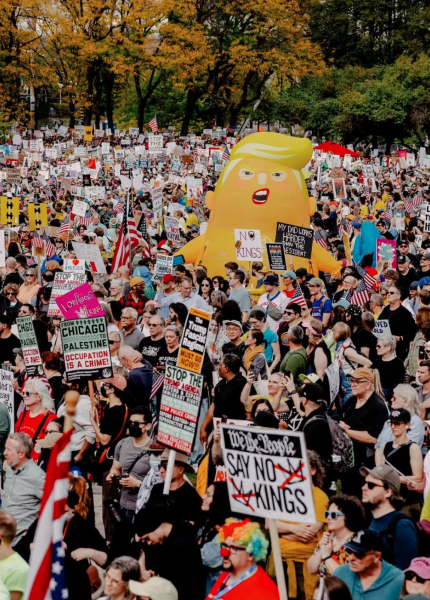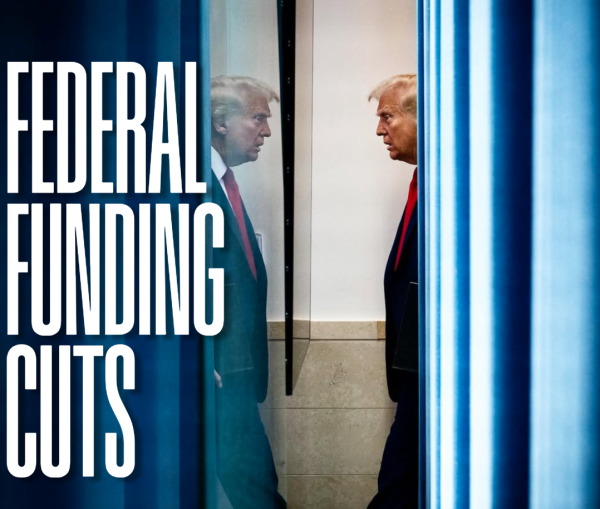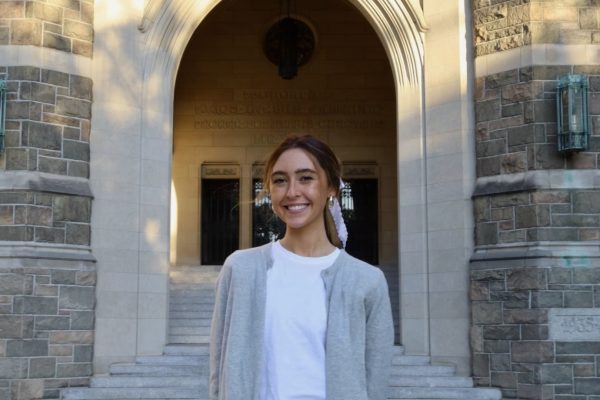Keep Representing the LGBTQ+ Community in Media
By Abigail Murphy
With an increasingly progressive society, we often wonder how changes in laws and systems of thought will affect the youth of our nation. Key media companies are careful about how they present our current state of affairs in television and other forms of media, realizing that what children and teens consume has a significant impact on how they view their surroundings. We have reached a time in which the current generation of youth have been, from the beginning of their lives, constantly inundated by the messages and ideas propagated by modern media. Their understandings of reality are continually blurred by how television shows, the Internet and social media networks depict that reality.
In this respect, it is imperative that leading communication institutions and media figures carefully consider what they are spoon-feeding the future of our nation. Figures who have shown the most initiative in rethinking their presentation of society in the media are those who have chosen to increase representation of minority groups. For example, Netflix’s reboot of the 80s superhero cartoon “She-Ra and the Princess of Power,” released this November, features several gay characters and characters of color.
One of the principal characters, Bow, is expected to have two fathers, and according to Heather Hogan of Autostraddle, a feminist publication, the show is also scattered with “casual queerness” between main characters Adora, Catra and Glimmer. The “She-Ra” reboot is not the first to represent the LGBTQ+ community; the cartoon “Voltron: Legendary Defender” featured a relationship between characters Shiro and Adam, and the recent Disney show “Andi Mack” follows the story of Cyrus, who is wrestling his feelings for his male friend Jonah.
While LGBTQ+ representation in the media is important, the way it is represented is equally relevant. In traditional communication slang, the “medium is the message.” In other words, the way the cartoon’s writers depict gay characters conveys what creators are trying to communicate about the LGBTQ+ community and its current representation in society. Media consumers, namely children and adolescents, will ingest those messages and use them to shape their views of reality as well as their views of themselves.
For example, critics of “Voltron” have expressed concern over the fact that interactions between same-sex couple Shiro and Adam were minimal. Adam appeared only two times in the series: once when the couple broke up and a second time when Adam was killed by aliens. Followers of the show question what the writers were trying to convey about the LGBTQ+ community.
Not only was their relationship kept secret, but it was also abruptly ended. This fact leads people to ask questions such as: is “Voltron’s” representation of the LGBTQ+ community akin to brushing homosexuality under the rug and presenting same-sex couples as toxic in society? Is all LGBTQ+ representation a step in the right direction, or do some instances reverse the progress?
In a more positive light, viewers and critics of “She-Ra” are commending writer Noelle Stevenson for the way the show accurately and positively represents the LGBTQ+ community. Not only does the series incorporate two explicitly gay characters, but it also features instances of “casual queerness,” which can be interpreted as the characters’ exploration of their sexuality. For example, intimate moments between female characters Adora and Catra, such as hand holding and slow dancing, indicate that their friendship may be more than platonic. Including both overt homosexuality as well as these small interactions between Catra and Adora assures young viewers that it’s okay to question or explore their sexuality, because ultimately our society is increasing, or working to increase, its acceptance of LGBTQ+ couples, such as Bow’s dads.
However, some people, especially parents, often ask whether kids’ shows should feature sexuality in the first place. Representations of LGBT couples directly oppose the traditional family ideal of a mom and a dad, which more conservative parents may feel particularly angered by or sensitive about.
Furthermore, because media has such an influential role on children, many argue that youth should not be exposed to contentious issues such as LGBTQ+ rights. Parents whose beliefs do not support the expression of homosexuality or the promotion of the homosexual agenda wish to censor their child from media that may encourage the rights of the gay community.
There is a flaw in this argument. The very fact that media has a strong influence over the youth of our nation is the reason LGBTQ+ communities should receive greater recognition in television shows and other forms of entertainment and communication. Trying to “protect” children and tweens from the fact that gay people exist only fosters an intolerant mindset. If media creators refuse to represent the LGBTQ+ community, people identifying as gay will struggle to gain recognition elsewhere because the media is the public’s principle means of interaction with and interpretation of society.
Additionally, childhood and adolescence are times of tumultuous change and development. Being able to identify with characters in the media can facilitate self-development because children who see someone that identifies like them, or struggles with the same problems they do, feel relevant in society because media chooses to represent them in a way that validates their existence. In turn, children’s self-esteem may increase, and they will feel enabled to not only express their own identity, but also support others attempting to discover their identity.
While the media industry has taken recent strides towards increasing the representation of minority groups in society, if these initiatives had been taken up earlier, marginalized communities may not be so oppressed. Furthermore, LGBTQ+ representation is only a start; other marginalized communities such as minority ethnic groups and persons with mental or physical disabilities also deserve increased recognition in the entertainment industry. If the medium is the message, our society must start rethinking both the medium and the message. What we are trying to convey about minority groups, and how we convey our perceptions, will have an enormous impact on the youth, the future of our nation.
Abigail Murphy, FCRH ’22, is an international studies major from Boston, Massachusetts.



































































































































































































